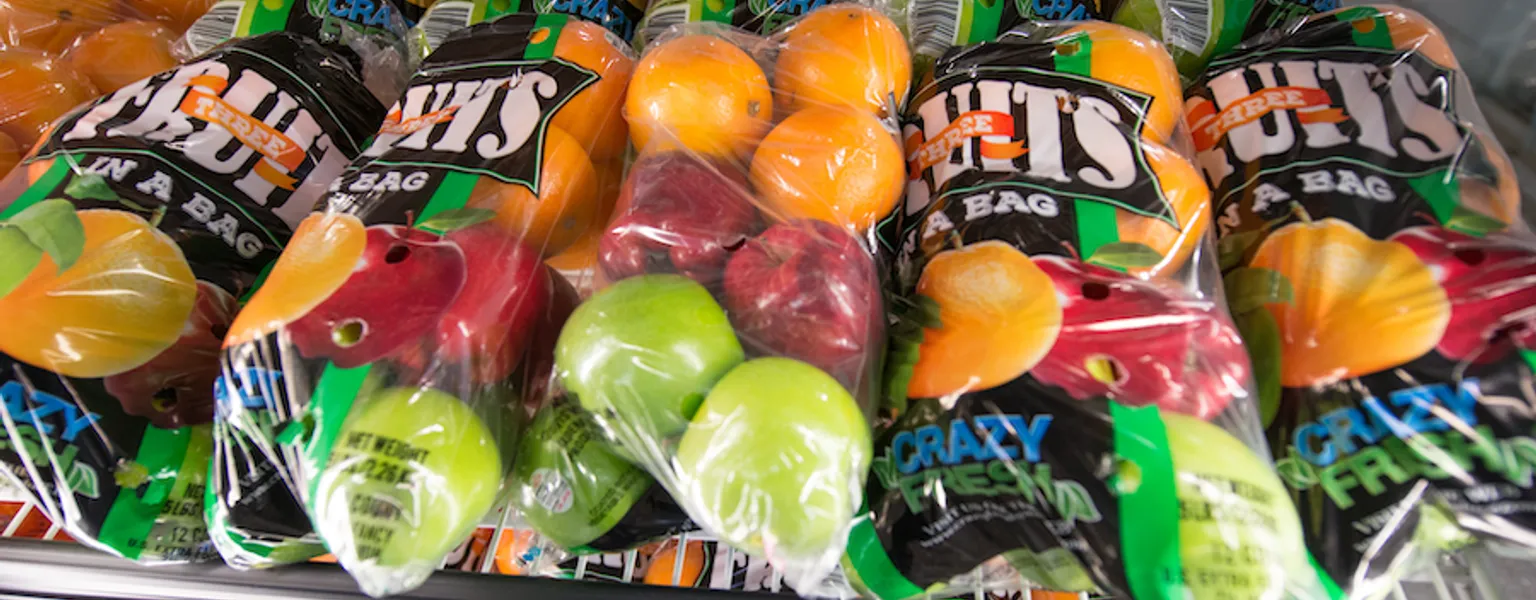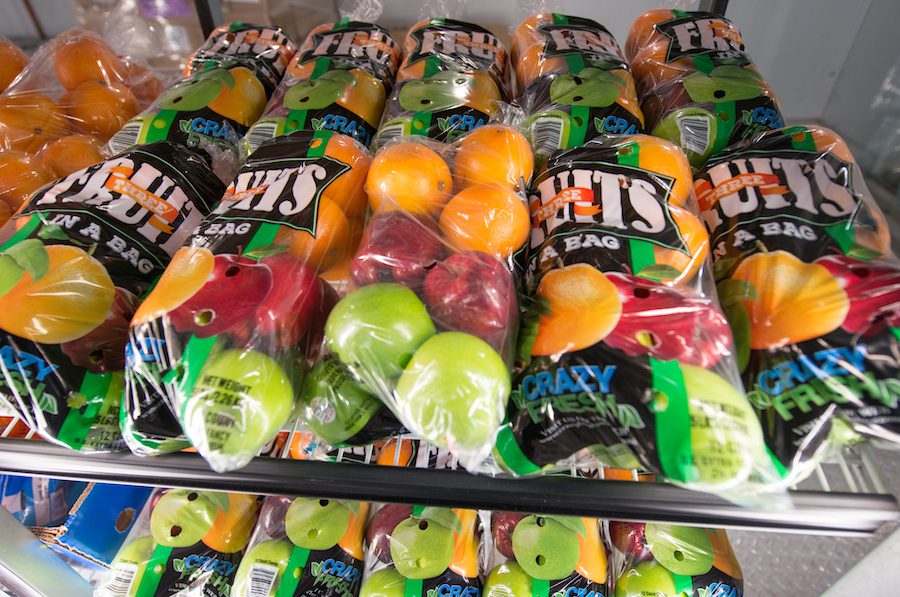Sustainable flexible packaging market expected to double by 2034

Sustainability
The global sustainable flexible packaging market is expected to see significant growth over the next decade, with new analysis projecting the sector will expand from an estimated USD 31.5 billion in 2025 to USD 54.3 billion by 2034.
According to industry reports, the growth is being driven by increasing regulatory pressure on single-use plastics, rising demand for recyclable and compostable packaging, and a growing emphasis on circular economy models. These trends are pushing brands, retailers, and suppliers to adopt more eco-friendly alternatives to conventional plastic films and laminates.

Sustainable flexible packaging includes a broad range of solutions such as recyclable mono-material films, compostable bioplastics, paper-based barrier coatings, and advanced packaging designs that reduce material use while maintaining product protection. These formats are becoming increasingly attractive to manufacturers seeking to balance functionality with sustainability commitments.
Analysts note that government policies banning certain plastic products, alongside Extended Producer Responsibility (EPR) schemes, are expected to accelerate adoption. At the same time, consumer behaviour continues to influence the market, with shoppers placing greater value on environmentally responsible packaging when making purchasing decisions.
Food and beverage is set to remain the largest end-use sector, with flexible formats such as pouches, wraps and sachets widely used across retail. However, healthcare, personal care and household goods are also highlighted as areas of opportunity, where demand for recyclable and compostable options is expanding.
North America and Europe are predicted to lead in terms of market share, largely due to advanced recycling infrastructure and strong regulatory frameworks. Meanwhile, Asia-Pacific is expected to record the fastest growth, fuelled by rising consumer awareness and increasing investment in sustainable manufacturing technologies.
While the outlook is positive, challenges remain around the scalability and cost of sustainable materials compared with conventional plastics. Ensuring compatibility with existing recycling streams and securing sufficient supply of feedstock for compostable or bio-based polymers are also cited as ongoing hurdles.
Despite these barriers, the overall trajectory indicates strong momentum for sustainable flexible packaging. The sector’s projected near-doubling in value by 2034 underlines the central role it is likely to play in the global transition towards more sustainable packaging systems.
Related News
-
Supplier News
Amcor and Mediacor launch a refillable pouch for Nana laundry and cleaning products
-
Business
Flexible packaging set for strong growth across North America
-
Sustainability
World Refill Day highlights refillable packaging’s promise and pitfalls
-
Supplier News
98% recycled-content flexible film now available from YPS
-
Sustainability
Cadbury UK sharing bars now wrapped in 80% recycled plastic




